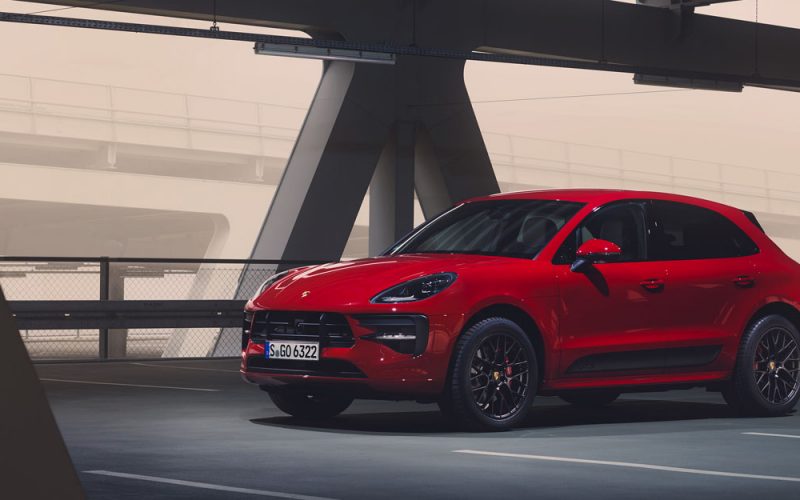
Reading Time: 5 minutesPorsche has been an automotive innovator since inception, and continues to show plenty of creativity with
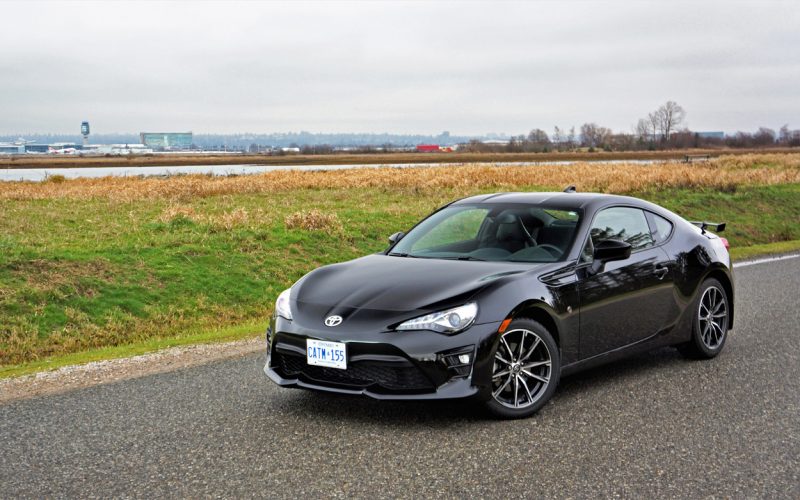
Reading Time: 11 minutesHold on. Subaru’s BRZ now outsells the Scion FR-S… er… the Toyota 86 by 2.5-to-one? What’s
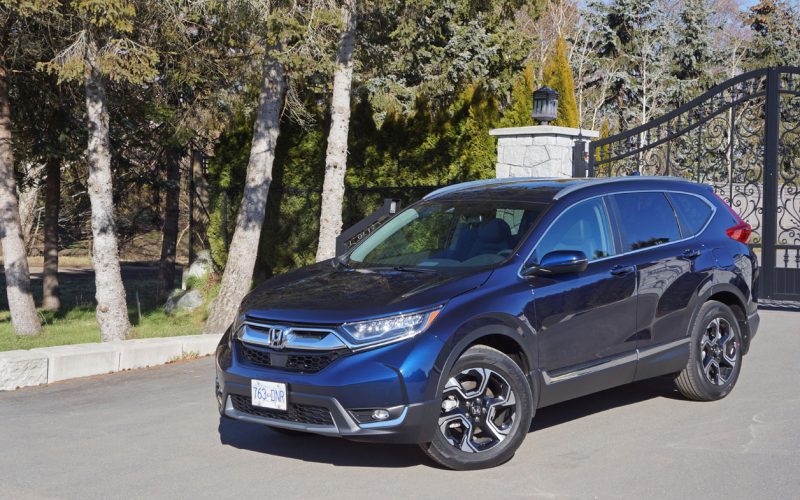
Reading Time: 14 minutesWhat’s the best-selling SUV in Canada? It’s not the Honda CR-V, but falling short by only
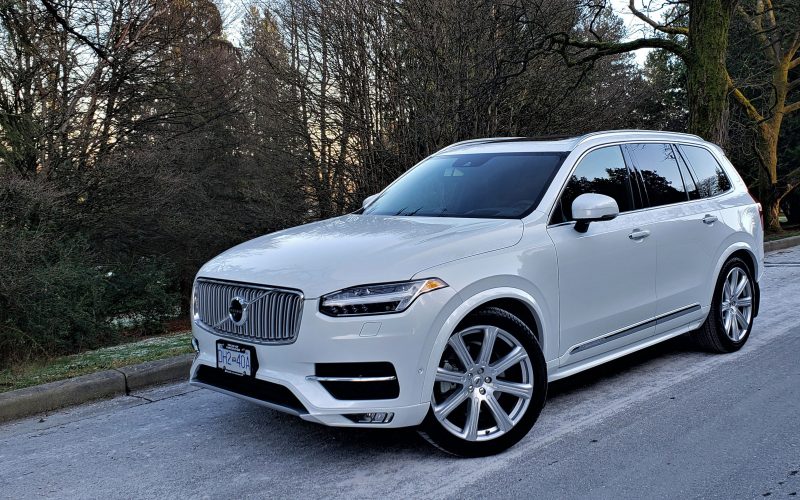
Reading Time: 10 minutesDespite being well into its fourth model year, you’ll have a hard time finding a more
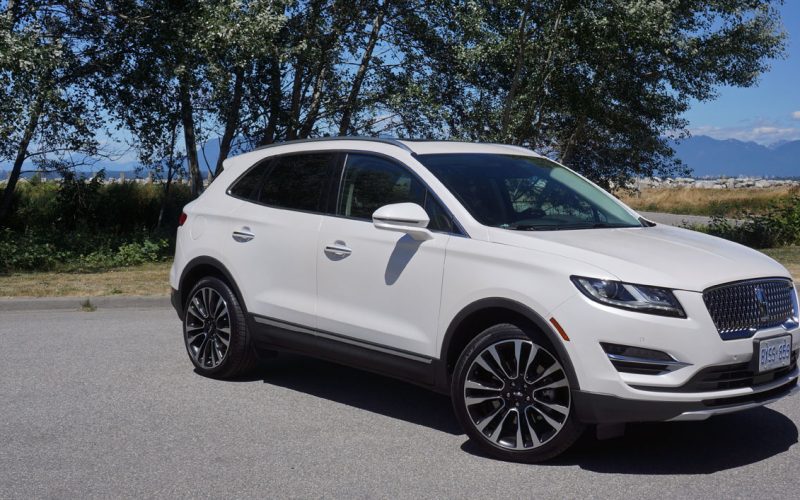
Reading Time: 15 minutesWhen I first saw Lincoln’s new grille design I wondered how they’d graft it onto their
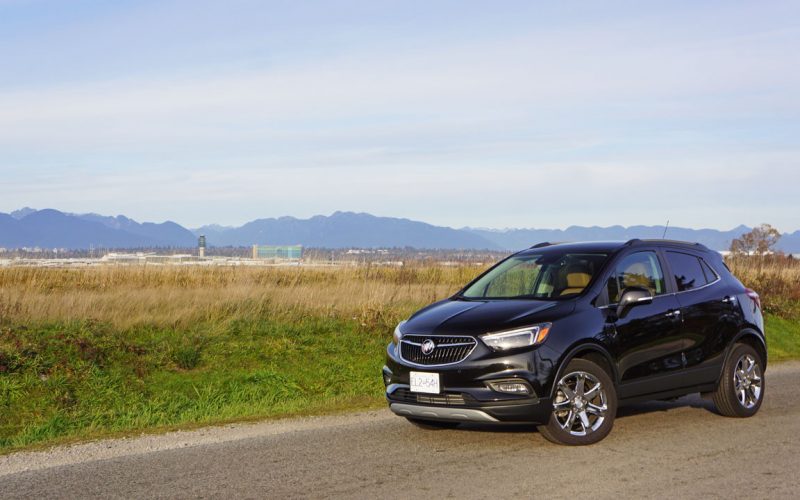
Reading Time: 12 minutesBuick might be the world’s most global brand. Yes, Buick, General Motors’ problem child that only
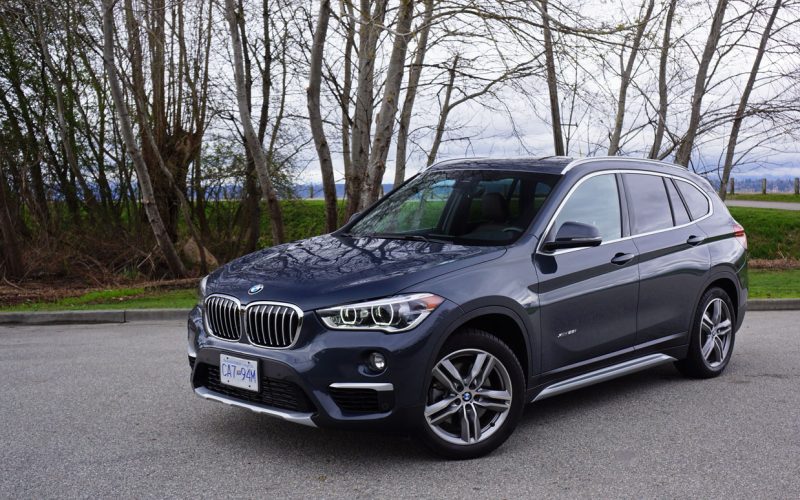
Reading Time: 11 minutesBMW’s X1 was the very first subcompact luxury crossover SUV ever produced, having arrived on the
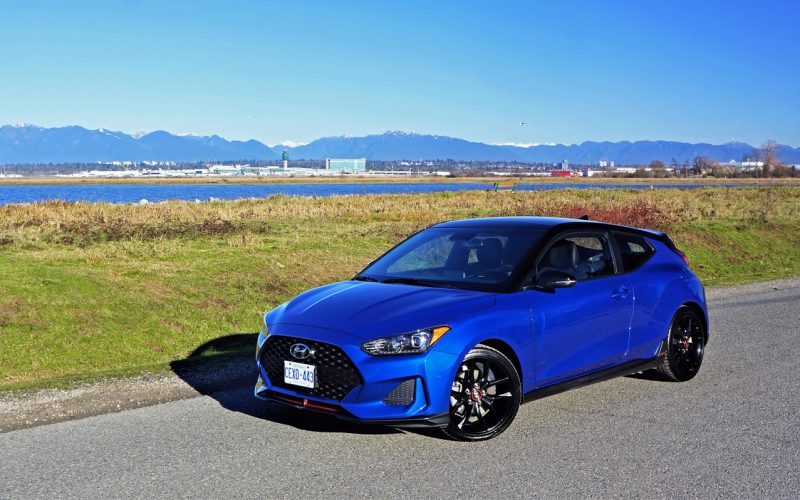
Reading Time: 11 minutesIt would be easy to look at the Veloster as an automotive anomaly, a car that
© 2025 The Car Magazine. All Rights Reserved, Privacy Policy | Terms of Use